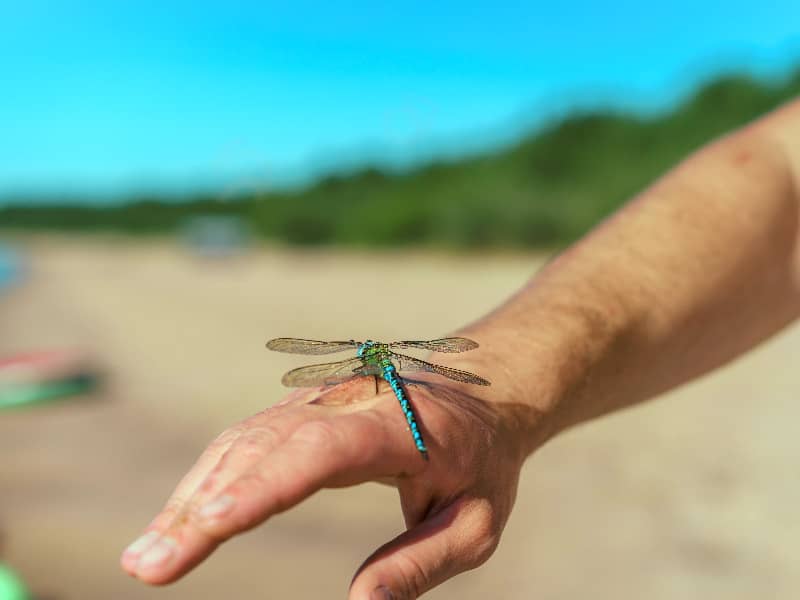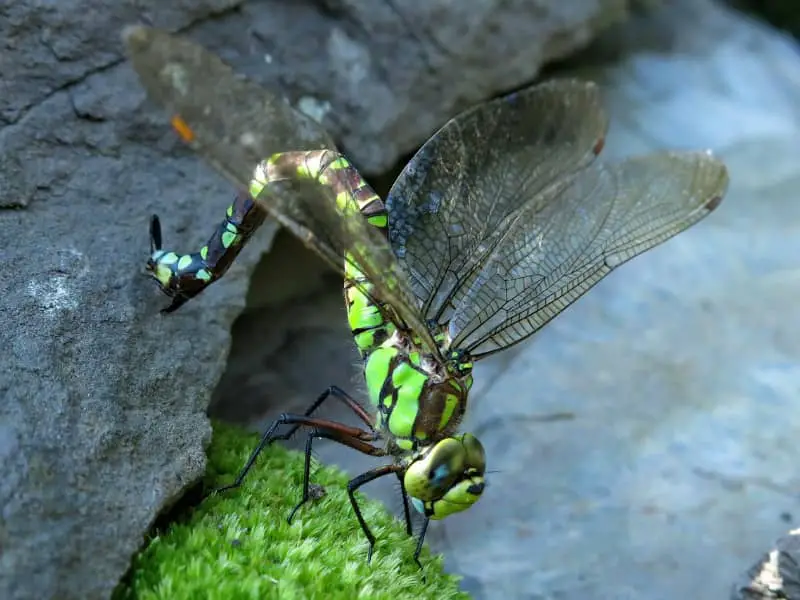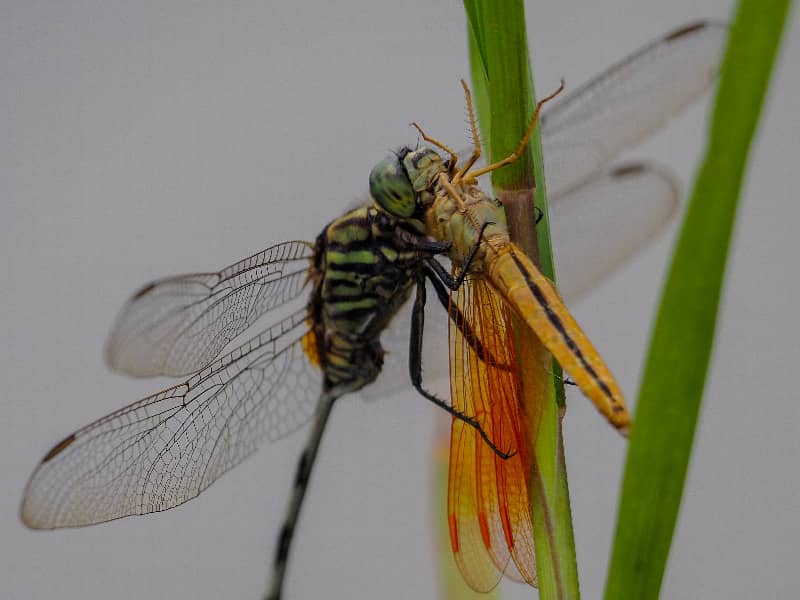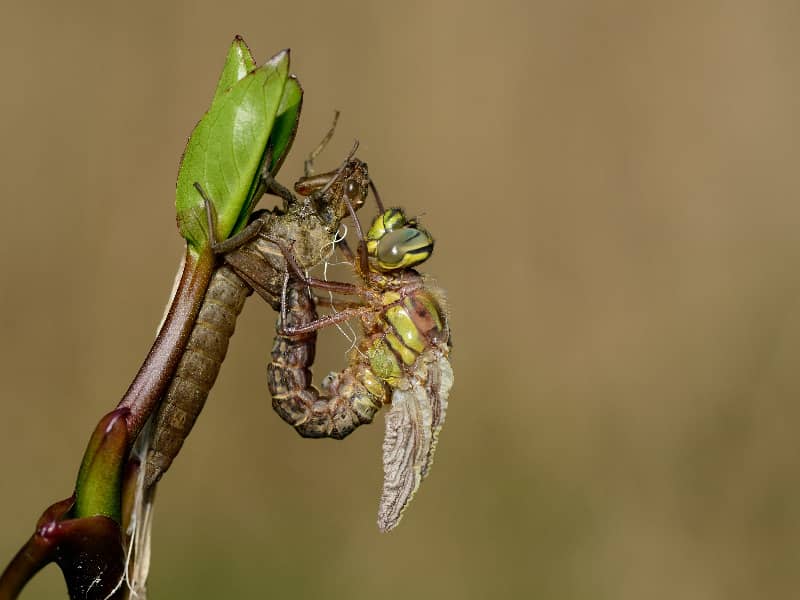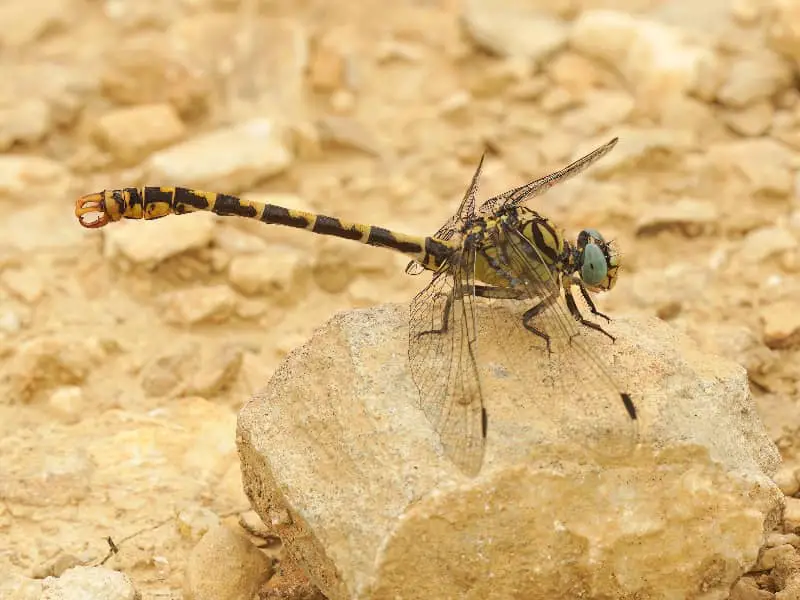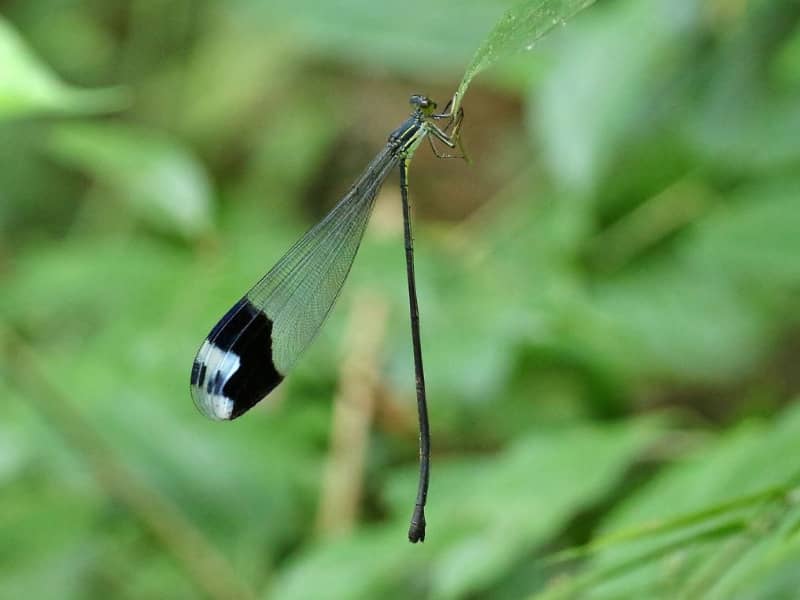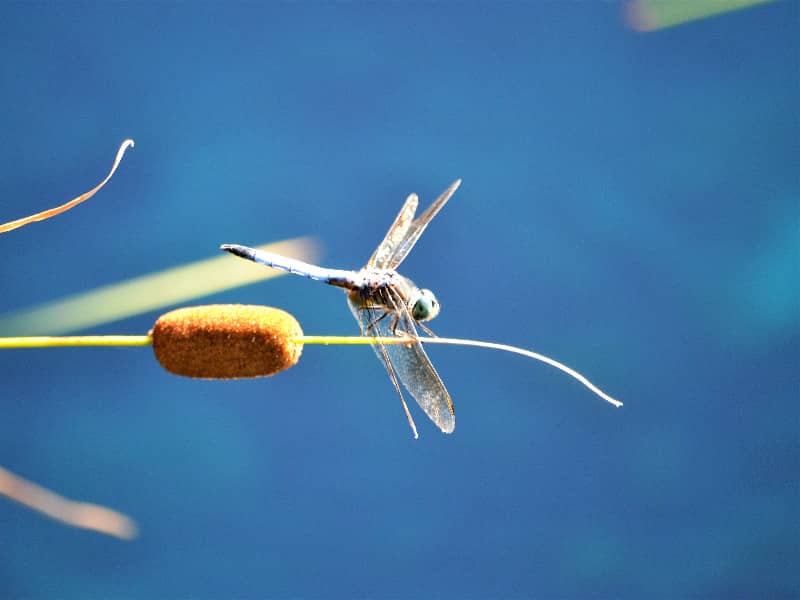
Damselflies
As a nature lover, you are always looking for new discoveries and adventures. If you haven't explored the world of damselflies yet, it's high time you did. These fascinating insects are a real feast for the eyes and mind. In this article you will learn everything you need to know about damselflies.
Introduction to damselflies
Damselflies belong to the Odonata family, also known as flying insects. There are two main groups of odonates: Damselflies (Zygoptera) and Large Dragonflies (Anisoptera). As the name implies, damselflies are smaller than damselflies and have a more slender body shape.
Most damselflies have a wingspan of about 2-4 cm and a body length of 2 to 3 cm. They are usually more delicate and filigree in build than damselflies. Damselflies are usually found near bodies of water, such as streams, ponds and lakes.
The difference between damselflies and large dragonflies
Small dragonflies and large dragonflies look very similar at first glance, but there are some differences that make them slightly different from each other. Damselflies tend to have slimmer bodies, while damselflies have broader bodies. Small dragonflies also have thinner wings that sit predominantly high up on the body, while large dragonflies have larger and broader wings that sit on the side of the body.
Another difference between damselflies and damselflies is their way of flying. Damselflies usually fly slower and in a less straight flight path than damselflies. They often fly up and down and make short flights near the water. Large dragonflies, on the other hand, fly faster and straighter and can travel longer distances.
The life cycle of a damselfly
Damselflies go through a complete metamorphosis cycle that includes egg, larva, pupa, and adult stages. Eggs are laid by females in or near bodies of water, where they usually take several weeks to months to hatch.
The larvae live underwater and feed on small insects and other aquatic life. They go through several molts before developing into the pupa in the final stage. The pupa remains in the water and finally hatches as a fully developed damselfly.
The life span of a damselfly is usually 4-6 weeks, but this can vary depending on the species and environment. Damselflies are usually diurnal and spend most of their time near water.
Habitat and behavior of damselflies
Damselflies usually live near bodies of water, such as ponds, lakes or rivers. They need clean water and good aquatic plant cover to survive. Damselflies are also very sensitive to pollution and climate change, which is why they are often used as an indicator of ecosystem health.
Damselflies are territorial and defend their territory from other males. They often mate in the air and the female then lays her eggs in or near bodies of water. Damselflies are also known to be very adept at flying and are able to quickly change direction and stop suddenly.
Common species of damselflies
There are many species of damselflies, some of which are very common and others very rare. Among the most common species of damselflies in Germany are the common winter damselfly, the azure damselfly, the banded damselfly and the spear damselfly.
Each species has its own unique characteristics and behaviors that distinguish it from other species. If you want to learn more about the species of damselflies found in your area, you should contact local conservation organizations or nature guides.
Interesting facts about damselflies
Damselflies are fascinating insects that have many interesting characteristics and facts. Here are some of the most fascinating facts about damselflies:
- Damselflies are some of the oldest insects on Earth and have changed little for over 300 million years.
- Damselflies can move their wings independently, which allows them to fly quickly and accurately.
- Damselflies have a very high flight performance in relation to their body size and can reach up to 60 km/h in the air.
- The body of a damselfly is usually colored in different colors and can be of blue, green, red or purple.
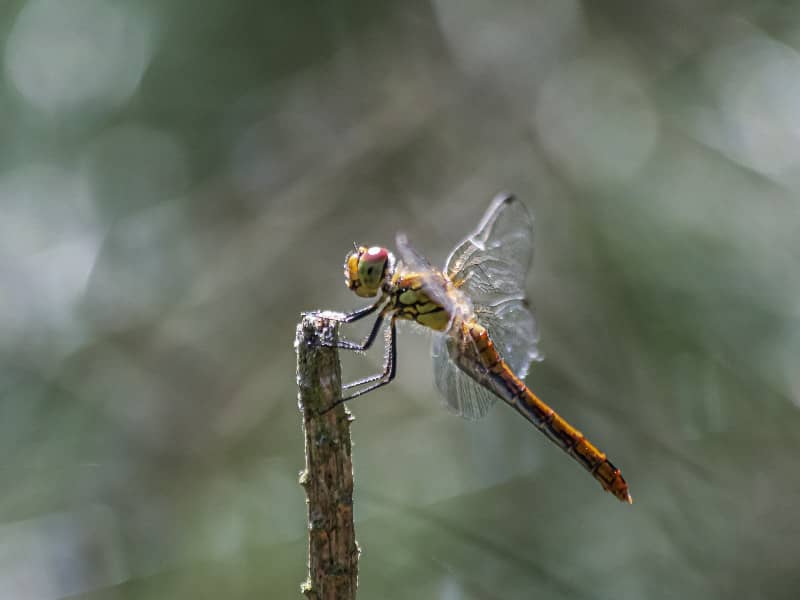
The importance of damselflies for the ecosystem
Damselflies play an important role in the ecosystem, especially near bodies of water. As predators, they eat other insects, such as mosquitoes and flies, and thus contribute to the regulation of the insect population.
Damselflies are also an important indicator of ecosystem health because they are very sensitive to pollution and climate change. When damselflies disappear in an area, it can be a sign of a disturbed ecosystem.
Tips for attracting damselflies
If you want to see damselflies in your garden, there are some things you can do to attract them. Here are some tips for attracting damselflies to your garden:
- Set up a small pool of water surrounded by aquatic plants.
- Plant flowering plants that provide nectar and pollen for damselflies.
- Avoid the use of pesticides and other chemical substances that can be harmful to damselflies.
- Leave a portion of your garden wild and undisturbed to provide habitat for damselflies and other insects.
Conclusion
Damselflies are fascinating insects that play an important role in the ecosystem. As you explore the world of damselflies, you'll be amazed by their unique characteristics, behavior and beauty. Use the tips in this article to attract damselflies to your garden and help maintain ecosystem health.
Discover the fascinating world of damselflies now and help protect our environment.
Author
Last posts
- 15. March 2024ChickensRobuster Kunststoffzaun für Hühner – Tipps
- 13 October 2023DragonfliesBlue feather damselfly
- 12 October 2023DragonfliesYellow dragonfly - What are the species?
- 12 October 2023DragonfliesEarly Adonis Damselfly

